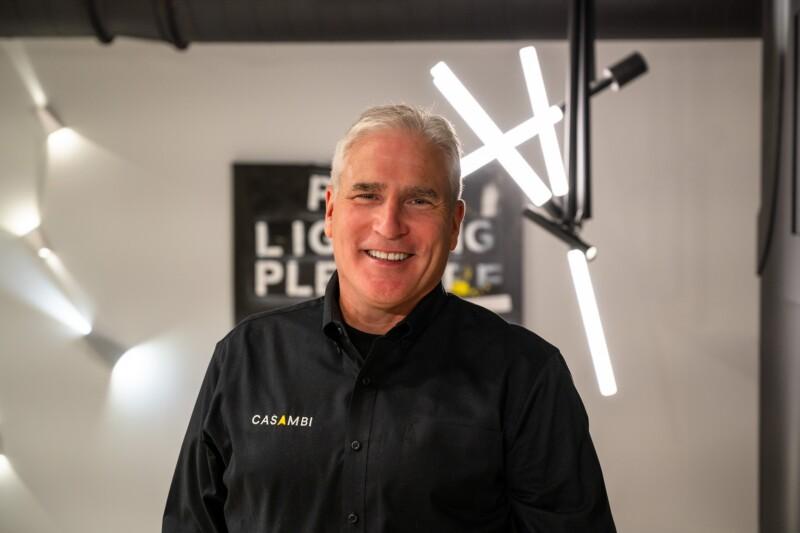Lighting in retail branding has more of an effect than you might think

Have you ever felt compelled to buy something that you weren’t actually planning to? Maybe the item in question an alluring aesthetic in the way it was lit….
Targeted accent lighting or dynamic lighting can play a huge role in getting customers to linger longer around the products and even boost sales. Light has been shown to be an essential element in modern retail design, and retail lighting done well can really enhance the retail experience and strengthen a brand’s visual identity.
Brand image is strengthened when utilizing a unique lighting design concept
Today’s in-store retail experience is changing and adapting to online shopping trends. As a result, retail lighting is no longer limited to just displaying merchandise but also about giving a sense of direction, adding drama, or highlighting the architecture.
Interior design and lighting are becoming more and more intertwined as designers see the power that good lighting design has on their overall desired aesthetic. As a result, competition between brands has intensified, with brands competing for consumer attention by targeting all the consumer senses.
In-store shopping still has a few tricks up its sleeve
Additionally, online retail is a direct threat to in-store retail, so more than ever, brands need to see in-store shopping as an experience – something online retail can’t compete with. Great lighting design can draw customers to your store and enable them to experience the brand as you intend.
As just a few examples, tunable white light with a high color rendering index can really enhance the atmosphere in food stores by displaying the perfect color for fruit, vegetables, or meats. Likewise, retail cosmetic companies can place higher-end products on illuminating shelves to highlight and complement product packaging. Additionally, fashion retailers can develop unique solutions to provide the best possible in-store experience, such as allowing customers to adjust light settings in each fitting room to suit the type of clothes they are trying on by adjusting the color temperature and the dimming.
Going a step further, wireless lighting control opens up a whole new range of possibilities
As fashion retailers change store design and the lighting atmosphere each season, wireless lighting controls changes in layout and control groups can be applied without rewiring or reprogramming – spotlights can be taken down and easily reinstalled at the new place as needed. Additionally, as the online and in-store shopping experiences converge, wireless controls can help retailers track the in-store experience of visitors and extract knowledge from the use of physical space (with sensors or embedded iBeacon profiles in smart luminaires).
It is clear that lighting impacts the retail experience, from brand perception to consumer engagement. Therefore, lighting should be considered throughout the entire design process.


